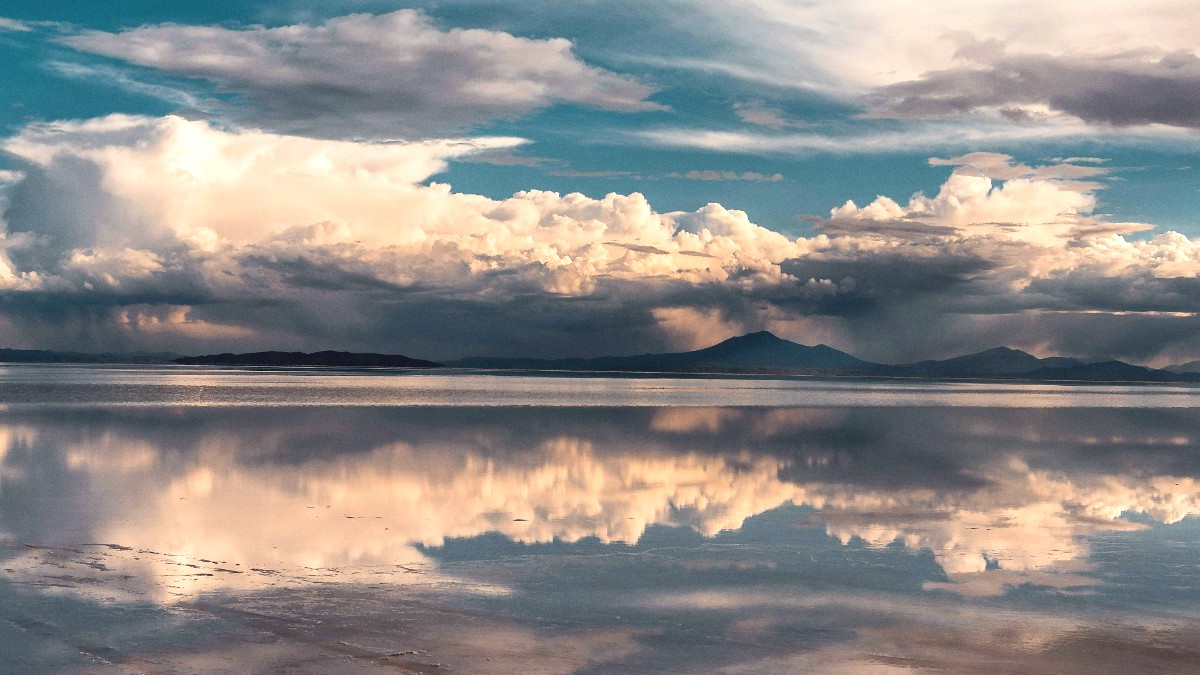
Bolivia
The landscapes of Salar de Uyuni and the Eduardo Avaroa Andean Fauna National Reserve have unique outdoor adventures.
For day trips, the main salt flat area covering the Train Cemetery, Colchani village, Isla Incahuasi, Ojos de Agua, and central photography spots are typically included. Find more day trip options Here.
Multi-day tours venture into the stunning natural landscapes south of the main salt flat.
This protected area showcases high-altitude desert beauty. It is typically part of multi-day excursions.
Experience different natural phenomena depending on the season.
While the main focus rests on natural wonders, brief cultural stops are part of the overall experience.
No major historical sites are easily accessible as day trips from Uyuni beyond the Train Cemetery, which is a common tour inclusion.
Colchani village presents a small, brief stop on tours. It a glimpse into local salt processing and craft sales.
Pilgrimage sites are not applicable to the Salar de Uyuni tour route.
Opportunities for deep cultural immersion are limited on standard Salar tours.
The natural environment includes opportunities for relaxation, notably at the hot springs.
Unique souvenirs and local crafts are available, mainly in Uyuni town and a village on the Salar's edge.
Uyuni has a central market for locals, not mainly a tourist bazaar, but you can find provisions.
In Colchani Village, small artisan stalls sell handicrafts made from salt.
Uyuni town has shops near the main plaza selling alpaca or llama wool products and general souvenirs.
Uyuni's central market is a local hub. You can find essential provisions there.
Colchani offers a chance to buy unique, locally made salt items directly from artisans.
Check labels and buy from trusted sources to ensure genuine alpaca/llama wool products.